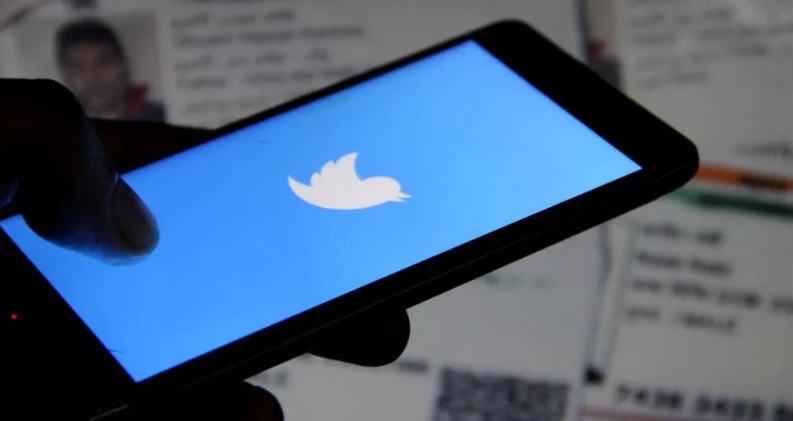Social media fuelled the bank run on Silicon Valley Bank
A study by researchers from the US, France and Spain, including UPF’s Javier Gil-Bazo, shows that communication on Twitter acted as a driver of the financial panic that led to the collapse of the entity. The authors analyse the evolution of the time series of tweets, where investors’ conversations extend to depositors and the general public, as well as the relationship between Twitter conversations and losses in the value of bank’s shares.

On 10 March 2023, Silicon Valley Bank (SVB), a financial institution based in Santa Clara, California (USA), went bust. The previous day, 9 March, nearly $42 billion (almost a quarter of all the bank’s deposits) was withdrawn in a few hours via digital banking, and another $100 billion was about to flee just before the collapse.
A study involving researchers from the US, France and Spain, including Javier Gil-Bazo, a UPF professor, also linked to the UPF-BSM and the BSE, has shown that apart from other risk factors, social networks amplify financial panic, and that the risk for banks increases significantly when banks are the focus of a Twitter conversation.
The study is a pioneer in providing direct evidence that rapid communication through social networks poses a risk of bank runs
The study conducted by J. Anthony Cookson (University of Colorado Boulder), Corbin Fox (James Madison University), Javier Gil-Bazo (UPF, BSE and BSM-UPF), Juan F. Imbet (Paris-Dauphine University) and Christoph Schiller (Arizona State University) is a pioneer in providing direct evidence that rapid communication through social networks poses a risk of bank runs, and makes a fundamental contribution to the literature in this field.
The authors collected all the tweets (some 5.4 million) from 1 January 2020 to 13 March 2023 that mentioned stocks of US listed banks (tweets containing at least one cashtag: $, followed by the entity ticker). They analysed the content of the tweets, the dynamics and transmission of the ideas of the bank run from the social networks of investors to the connected networks of depositors, as well as their impact on the losses in value of the banks’ shares. The study focused mainly on tweets from the period leading up to the financial panic (from early January 2023) and the actual period of the bank run (from 8 to 13 March 2023).
“Unprecedented openness and speed of transmission of a communication”
The researchers found that investors’ prior conversations were conveyed to depositors, who used Twitter to talk about the problems SVB was facing and their intention to withdraw their mostly uninsured deposits to subsequently deposit them with other banks. Thus, the bank’s failure was preceded by a large spike on Twitter, with “an unprecedented openness and speed of transmission of a communication”, the authors assert.
The researchers confirmed that the banks most vulnerable to financial panic, those with the biggest losses due to the rise in interest rate and a higher percentage of uninsured deposits, suffered most losses on the stock market during the run period.
Banks with high social media exposure fared much worse during the SVB bank run, particularly if they had large losses on their balance sheets at market price and a high percentage of uninsured deposits
However, the novelty of the study is that the authors find that banks with high social media exposure fared much worse during the SVB bank run, particularly if they had large losses on their balance sheets at market price and a high percentage of uninsured deposits. “Open communication by depositors via social media increased the risk of bank runs for other banks that, ex ante, were exposed to such discussions in social media”, they assure.
Relevant role of the depositors of the startup community
In addition, SBV depositors were highly concentrated in the community of startups and newly incorporated companies, which held a large number of uninsured deposits. Due to the highly networked nature of this community, encouraged by venture capital firms, these depositors not only concentrated their deposits in SVB, but they also exhibited a high degree of communication on Twitter and other forums to share information.
According to the authors, the tweets written by members of this community had stronger effects, especially when they contained keywords related to deposit flights and banking contagion.
Conversations on Twitter not only harmed SVB but other financial institutions as well. “Even by removing SVB from the sample, the results indicate that there is a strong association between conversations on Twitter and bank losses”, they state.
Tweets containing more negative terms triggered immediate drops in bank share prices, thus exacerbating the risk of a deposit flight
Analysing the tone of the tweets, the researchers found that those containing more negative terms triggered immediate drops in bank share prices, thus exacerbating the risk of a deposit flight. The effect is much greater for tweets coming from accounts linked to members of the tech startup community. “These results are consistent with the idea that depositors used Twitter to communicate in real time during the bank run”.
In conclusion, the researchers point out that their study is proof that in today’s society, social networks provide a means for individuals to coordinate, and that the pre-eminence of this type of communication portends that this phenomenon will continue to rise: “Amplifying the risk of bank failure through conversations on Twitter is a unique opportunity to look at the communication and coordination that shape a critically important economic outcome: the difficulties of banks”, they conclude.
Reference work: Cookson, J. Anthony; Fox, Corbin; Gil-Bazo, Javier; Imbet, Juan Felipe; Schiller, Christoph, “Social Media as a Bank Run Catalyst” (April 2023), SSRN
http://dx.doi.org/10.2139/ssrn.4422754
